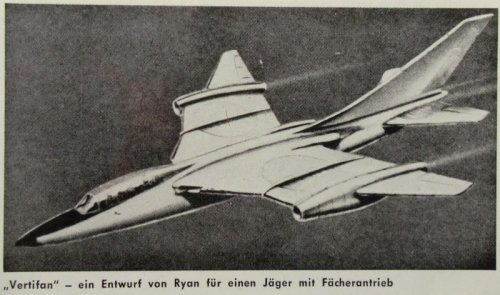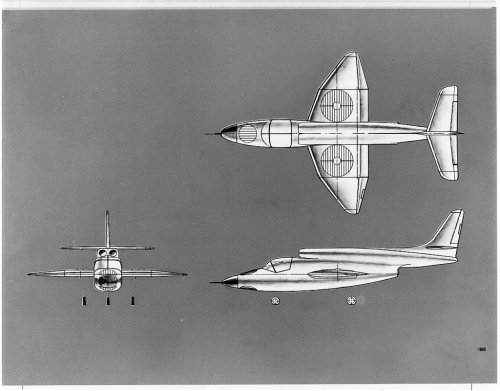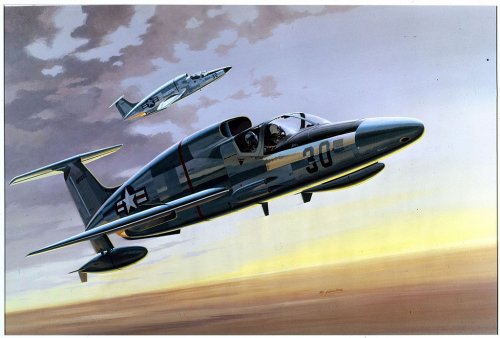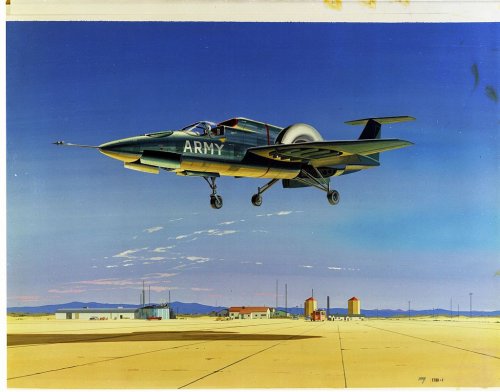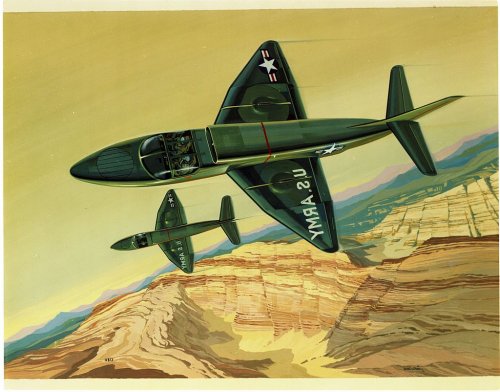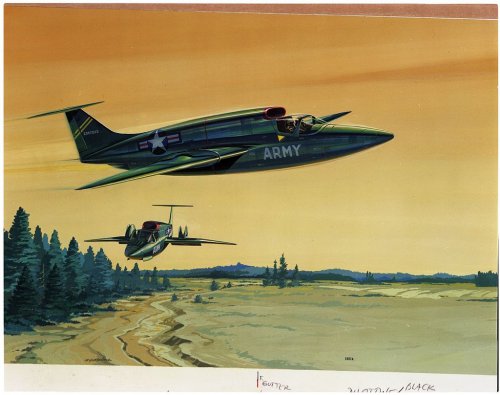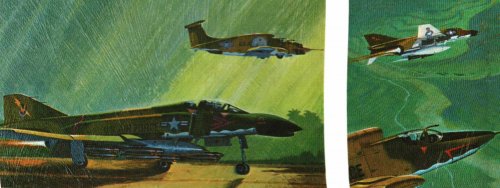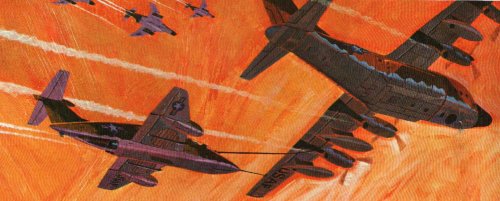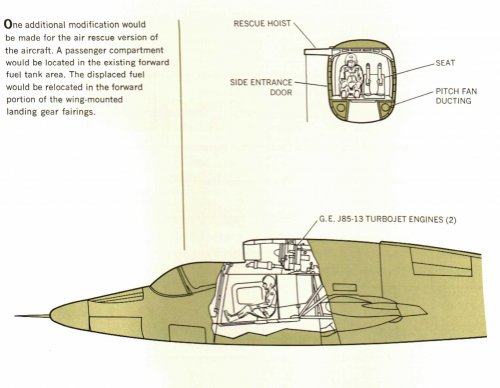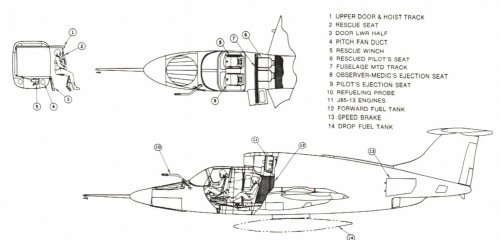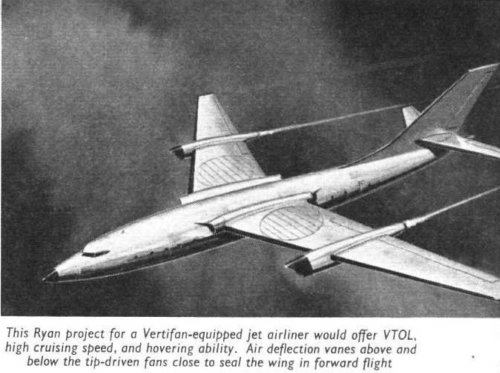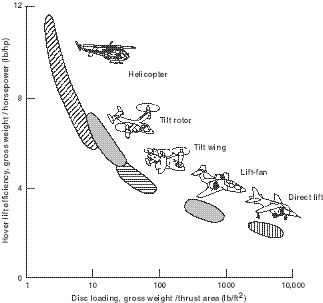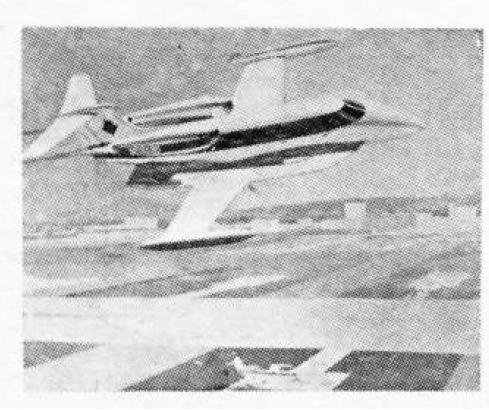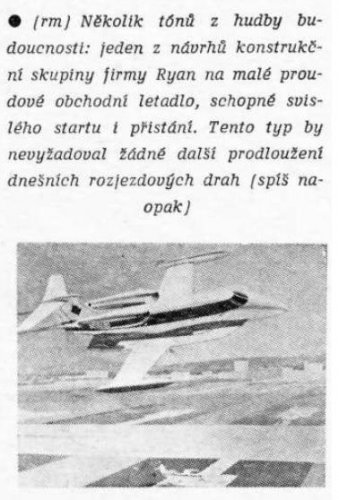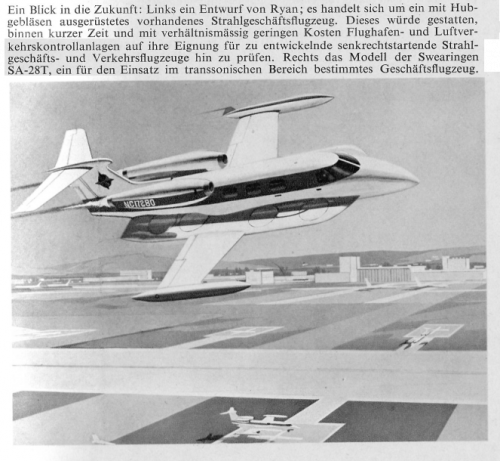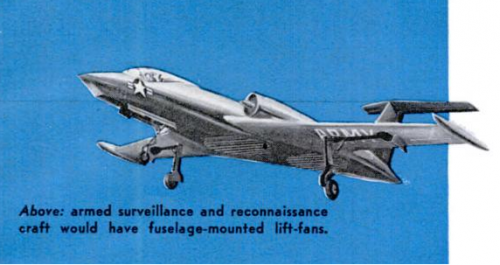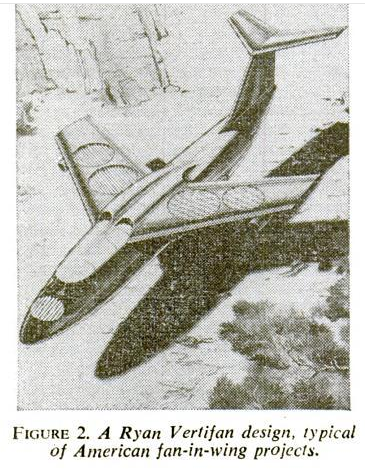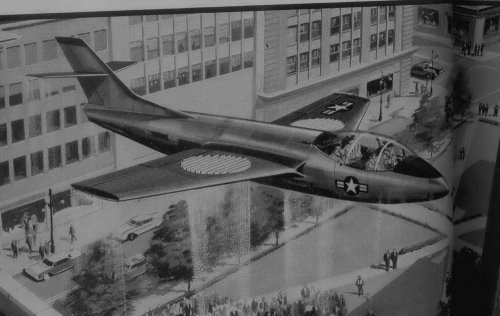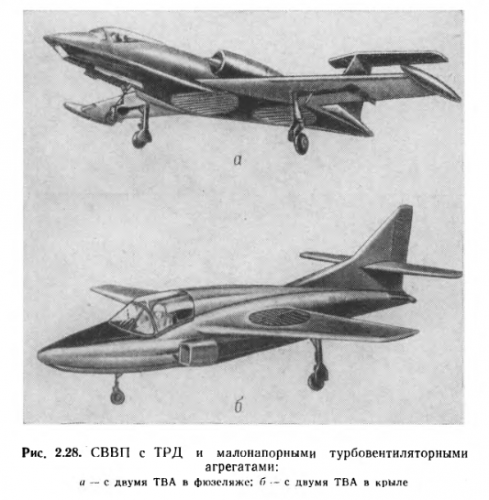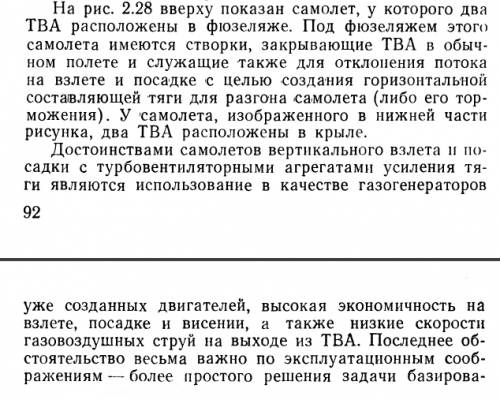Hot Breath said:
Tailspin Turtle said:
Hot Breath said:
Thanks for that explanation. So, I assume the Fairey Rotodyne, despite using tip driven jets for its rotors works out quite well?
The problem with what I'll call compound helicopters (rotor lift combined with powerplants that provide thrust and possibly a small wing to unload the rotor) is the drag of the rotor, which is non trivial. Most if not all of the helicopter manufacturers have attempted to make a helicopter go fast that way and been successful. The problem is that the weight of the added propulsion system (and more when a wing is added) reduces the payload and the range on the same amount of fuel is significantly decreased as cruise speed is increased (although you'll get as far as you can at top speed that much faster, just nowhere near as far). As we used to say when marketing the tiltrotor, Bell proved three things with its Huey powered by jet engines: you can make a helicopter go fast, what you put on it to do so equals the payload, and you burn two hours worth of fuel in about 20 minutes at top speed.
The tiltrotor is a viable solution for some missions because the drag of the rotors is eliminated in cruise flight and it uses the same propulsion system for hover and forward flight. So the penalty is mostly the weight of the wing and the conversion system. (Although the disc loading is higher than a helicopters, a bit too high in the case of the V-22, some of the penalty is offset by the ability to use a more twisted rotor blade.)
Thank you but I find that somewhat confusing. Surely the same propulsion system is used in both hover and forward flight for the Rotodyne, all that changes is where the efflux comes out? The rotors may create drag in forward flight but they also contribute significant lift, so the problem of drag is somewhat offset. What is eliminated is the heavy gearbox for the rotors, so there is significant weight saving, while the large rotor area creates far more lift than the small wing can in forward flight, so a heavy payload can be carried. It appears to be a different series of compromises, rather than necessarily one system (Rotodyne) is necessarily significantly better than another (tilt-rotor). Both were/are too specialised for civilian operation anyway.
I appreciate that we are straying somewhat from the original purpose of the thread.
From a powerplant standpoint, the Rotodyne was somewhat better than kludge originally used for compound helicopters, which was a separate set of propulsion engines. However, it still had both the rotor/hot-gas ducting and propellers/gearboxes systems that are more redundant, heavy, and problematic than the corresponding tiltrotor interconnect system and conversion actuator, not to mention the Rotodyne's lower cruise speed and higher fuel consumption. Your characterization of helicopter rotor lift over drag with speed is incorrect; while not good at low speeds (for a dramatic illustration of maximum helicopter lift-over-drag versus an airplane's, have your only engine fail in flight: In a helicopter, you'll be looking between your feet and over the side for a place to land; in an airplane, you'll be looking there as well as much more toward the horizon), it becomes even worse at not very high speeds (200 mph) due to the rapidly increasing drag of the advancing blade tip as it reaches transonic speed and the loss of lift on the retreating blade. That's why most compound helicopters have a wing to unload the rotor in forward flight and the Sikorsky XH-59A and X2 have a coaxial rotor.
For a mission standpoint, the compound helicopter (to include the Sikorsky X2) and the tiltrotor address very different requirements. The compounds are basically a helicopter with the capability of a somewhat higher cruise speed, albeit with a reduction of its useful load (payload and/or range) that increases notably with speed. The tiltrotor achieves higher cruise speeds and range than a compound helicopter of the same size, equal to that of a turboprop airplane's (there is a useful load penalty, however, because of the higher installed power, etc.) and hover/autorotation capability not too inferior to a helicopter's. In other words, if there's a runway at both ends of the trip, an airplane is better than a tiltrotor or helicopter. If there is no runway at one end and the origin and destination aren't too far apart, a helicopter is better than a tiltrotor. In the latter case, if time enroute is absolutely critical and the distance is short enough, then a compound helicopter is worth considering; up to now, the marginal increase in cruise/dash speed of the compound helicopter has not proved worth the reduction in payload/range.

